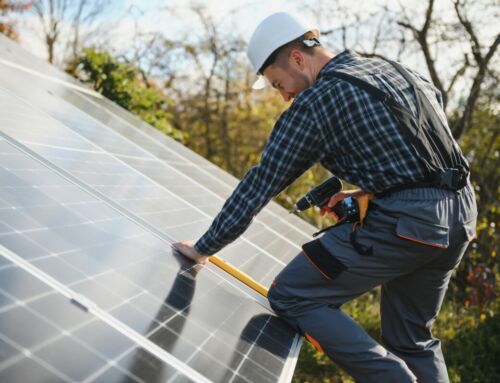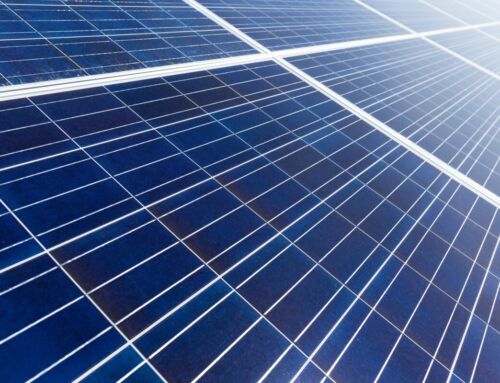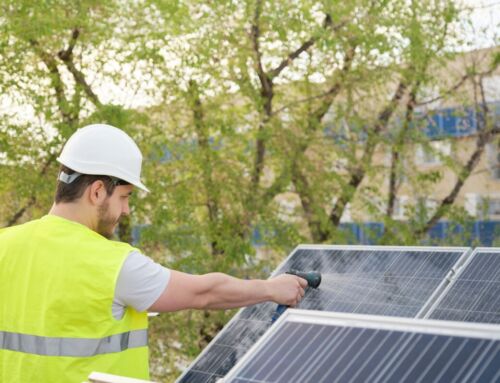There are many approaches to get power supply in your homes and offices. One of them is through Photovoltaic Panels or what we usually call solar panels. After the installation of Solar Panels, we can generate electricity from solar energy.
Not only this, solar panels have a wide range of applications, including telecommunication devices, water heating, remote sensing, calculators, and cabin power system.
After learning about the photovoltaic effect by Edmond Becquerel, Charles Fritts invented the solar cells, which later on helped in forming the solar panels.
Solar Power Installation Process
Registering on EnergySage to obtain and compare several installation quotes is the first step to going solar. Then they will let you know the option you have for pieces of equipment and companies offering solar panels.
Your installer will perform a site visit to test your property, after which the installer will file the paperwork. Soon, in a couple of days, your solar panel will get installed.
The Material Used in the Making of Solar Panels
The primary materials that lay the foundation of the solar panel are silicon and solar cells. The solar panel’s outer frame comprises solar cells, while the outer part is pure silicon.
The layer of solar cells has two types of silicon, i.e., amorphous and crystalline silicon.
These forms of silicon are semiconductors used for absorbing electrons. They give them a positive and negative charge to pass around. At last, to form the solar panel, each solar cell is interconnected.
How Do Photovoltaic Panels Work?
Worldwide, many people are choosing to install solar panels because of their minimum cost weightage and higher functioning.
Solar panels work with photovoltaic cells by absorbing sunlight, producing direct current (DC) energy, and converting it into effective alternating current (AC) energy with an inverter. If there is excess electricity, then it might go into the grid present on the streets.
At last, electricity flows into your home, giving power to electronic devices.
How Do Photovoltaic (PV) Panels Help in Generating Electricity?
Solar panels use the photons produced by sunlight to produce direct current ( DC ) electricity. Furthermore, the semiconductor material of the solar panel absorbs the photons. They result in the electrons getting detached from the atom and travelling across the solar cell. In short, electron movements are the ones that create Direct Current (DC).
Benefits of Solar Panels
1. Reducing Electricity Bills
The initial cost of installing a solar panel can be high, but it will reduce your electricity bills once installed.
The more solar energy you utilize, the less electricity you need to purchase from your power supplier. You will see a drop in your electricity bill’s cost and that way you will be able to save money.
2. Low Maintenance Costs
In the long run, solar panels generally don’t require scheduled maintenance, but when the solar system’s efficiency starts to decrease, only then will you have to spend money on its maintenance.
Mostly, you have to do the cleaning by yourself now and then. Additionally, your inverter needs to be changed in a couple of years because it plays a significant part in converting heat energy into electrical energy.
3. Reliable and Durable
Among the three main benefits of the solar system, this one is important because it is never useless to install a solar panel as we cannot run out of solar energy, making the solar panel reliable for all.
The system conserves heat energy. So, you can use it 24/7, all in all, it is a reliable choice for some scientists.
To conclude, people are switching to the solar system more rapidly with its diverse applications and convenient use. When you have made up your mind about getting a solar system, make sure to contact the solar panel’s best manufacturers. It will save you from future complications.





